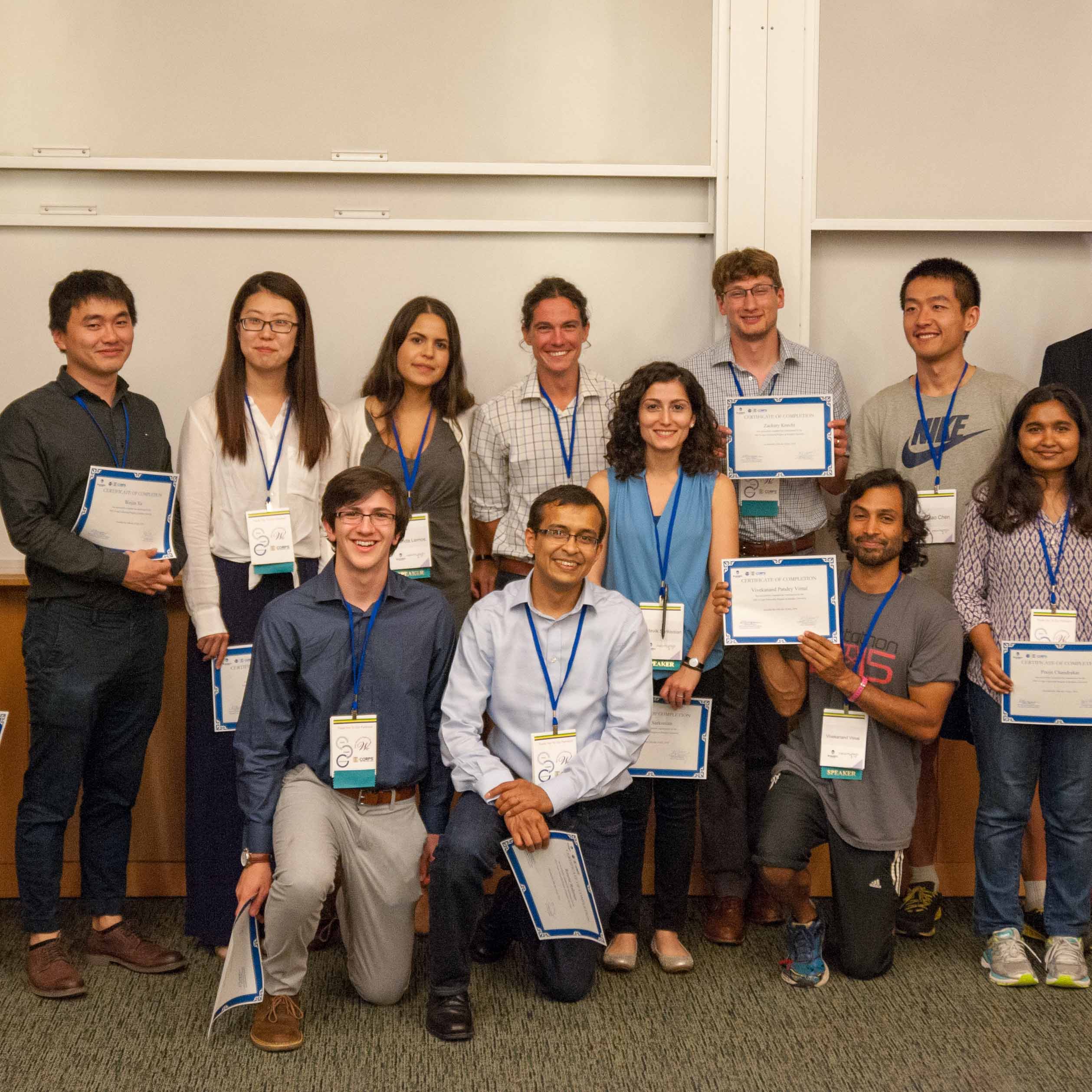
Microeconomics is the study of individual choices in markets. In microeconomics, we consider the role consumers and businesses play in the economy and how consumers and businesses make their economic decisions.
Macroeconomics looks at entire countries and their economic performance. This means national employment numbers, trade deficits, exchange rates and so on. In microeconomics, we think local. This means considering why consumers are willing to pay more for organic groceries than other groceries or how Apple decides what price to charge for the newest iPhone.
Consumers make decisions based on utility. In other words, we make decisions based on individual benefits, such as the health and environmental benefits of going organic. The more benefits a consumer feels a product provides, the more that consumer is willing to pay for the product.
This is a question of opportunity cost. Opportunity cost is the value of making one decision over another. By choosing the iPhone over an Android, a consumer may gain something, like connectivity with other Apple devices – but lose something else, like more money spent.
To deeply understand microeconomics and the economic decisions we make on a daily basis, you’ll need more than just one minute. Check out our Accelerated MA program in international economics and finance to learn how you can earn a master’s degree in just one additional year after graduation. A global economic career might be just around the corner.
Featured Stories
News Categories
@BrandeisBusiness Instagram
View this profile on InstagramBrandeis Intl. Business School (@brandeisbusiness) • Instagram photos and videos

August 3, 2018
The next big thing
July 31, 2018
Startups powered by STEAM
June 25, 2018
From the classroom to the boardroom